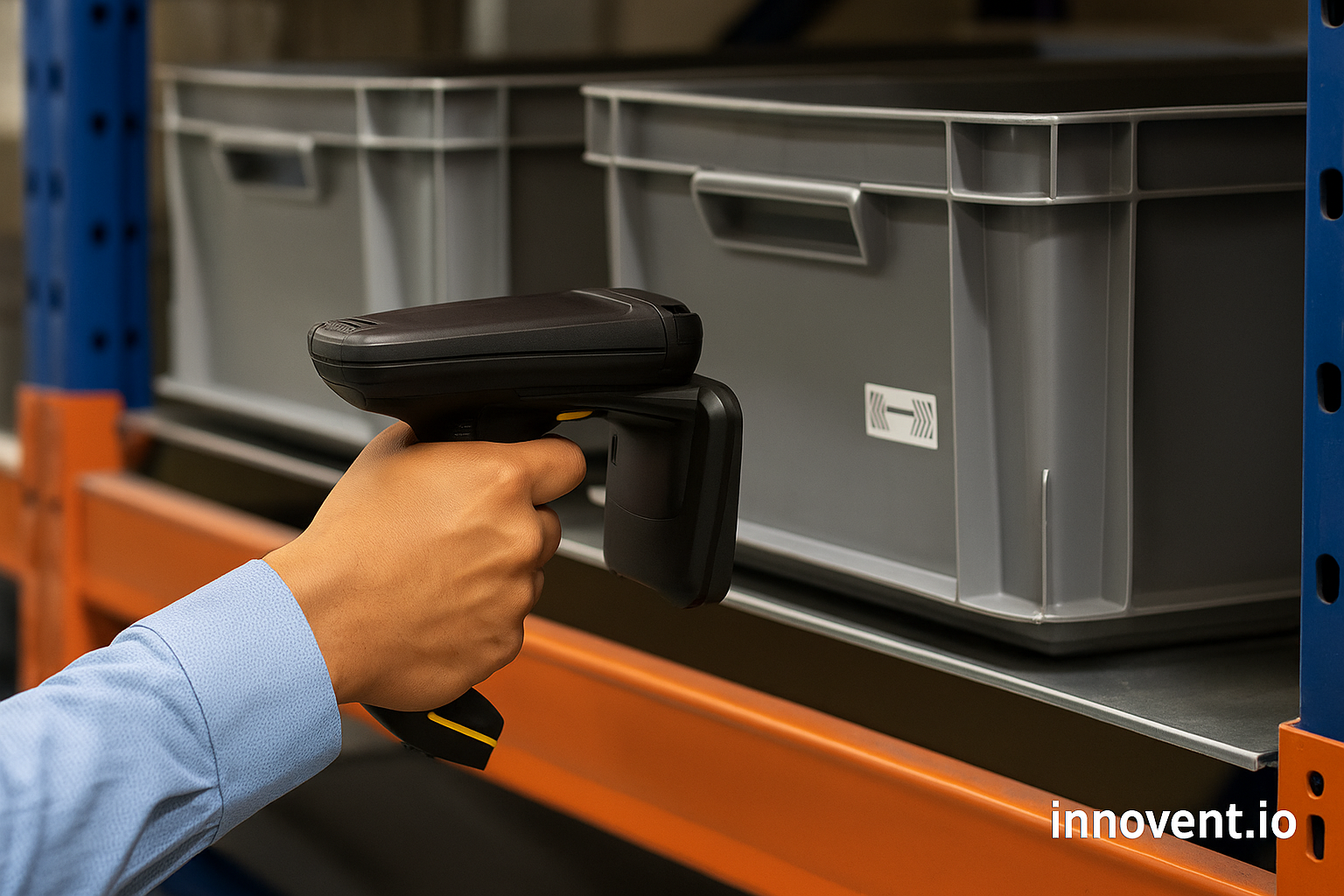How to Choose the Right RFID Asset Tracking System for Your UAE Company
For businesses in the UAE handling everything from electronics to industrial tools, the difference between profit and loss often comes down to knowing exactly where assets are - and proving it fast. Whether it's a missed audit or a recurring inventory gap, companies are turning to RFID not as a trend but as a requirement. But with so many options on the market, selecting the right system isn’t about ticking boxes. It’s about building a solution that fits your workflow, works in your environment, and delivers results you can measure.

Begin with Clear Goals and Return on Investment
First, ask what you want to achieve. Are you preventing shrinkage in retail outlets? Do you need to trace equipment across warehouses? Or are you simplifying monthly stock counts? Proper planning starts with clear, measurable objectives. If you aim to cut inventory errors by 30%, or reduce audit time by half, these numbers help shape tag types and software selection.
Match Tags and Readers to Your Conditions
RFID tags come in different classes: passive, active, and semi-passive. Passive tags cost between AED 0.40 and 2 and work well indoors for items like clothing or electronics. Active tags range around AED 180 or more and support real-time outdoor tracking. Semi-passive tags add sensors like temperature monitors. Choosing the wrong type can create signal loss and poor tag performance. Metal-compatible tags, for example, prevent signal drop near machines or IT gear. Rugged tags withstand heat and dust for industrial use.
Deciding on readers is equally important. Fixed readers at exits, gates, and production corridors provide continuous detection. Handheld units aid spot audits and tagging tasks. Integrated portal readers at loading bays or warehouse aisles offer full visibility. Proper design here prevents blind spots and ensures consistent asset visibility.
Use a Pilot to Validate Real-world Performance
Theory often meets resistance in practice. Run a pilot project to test read rates, tag reliability, network coverage, and processing speed. Start with one warehouse aisle or sales floor section. Use this phase to train staff and gather feedback. Innovent.io can support this phase with a tailored pilot, hardware testing, and site-specific recommendations to iron out challenges before full deployment.
Software Must Drive Business Value
RFID hardware alone won't transform operations. You need software that delivers dashboards, alerts, and audit reports. Ask for real-time visibility, unauthorized movement alerts, and scheduled inventory checks. Ensure it integrates with your ERP, WMS, or finance systems, especially for VAT reporting in the UAE. Interfaces should be simple, so frontline staff can use them without needing a help desk.
Account for Fully-Burdened Costs
Calculate Total Cost of Ownership, including tags, reader hardware, software licenses, support, training, and network setup. RFID tags range from AED 0.40 to over AED 180 per unit depending on type. Handheld readers cost between AED 1,800 and 11,000. Fixed readers might be AED 18,000 or higher. Software setup and licenses typically start around AED 3,500. Compare these costs with expected benefits: fewer loss incidents, faster audits, and improved asset utilization. Many UAE companies find RFID pays for itself in under 12 months.
Prepare for UAE Environmental and Regulatory Conditions
The UAE’s heat, dust, and humidity can damage standard hardware. Always check that tags and readers are rated for local climate conditions. Ensure software supports Arabic and English languages. Also, confirm VAT compliance and audit support. Stick with certified local vendors for faster warranty service and support.
Measure, Refine, Repeat
Once implemented, track inventory accuracy, shrink rate, audit time, tag failure, and system uptime. Monthly analysis can reveal performance gaps or new areas for deployment. These insights help justify further investment and show measurable improvements to executives and stakeholders.
Choosing the right RFID system means aligning hardware, software, and deployment to your business goals and environment. With clear planning, phased testing, and local support, you can build a solution that pays dividends in loss prevention, process efficiency, and operational visibility. In the UAE market, such systems do more than track assets—they empower businesses to make smarter decisions, faster and more reliably. Partnering with Innovent.io can give you the expertise and support to succeed.
Verified Links
https://tracteck.com/smarter-asset-management-starts-here-why-uae-businesses-should-adopt-rfid/
https://en.wikipedia.org/wiki/RFID_on_metal
https://www.getfactorysense.com/resources/the-benefits-of-using-rfid-technology-in-the-manufacturing-industry-a-data-driven-perspective
https://www.rfidjournal.com/expert-views/automakers-seek-fast-roi-from-rfid/








